
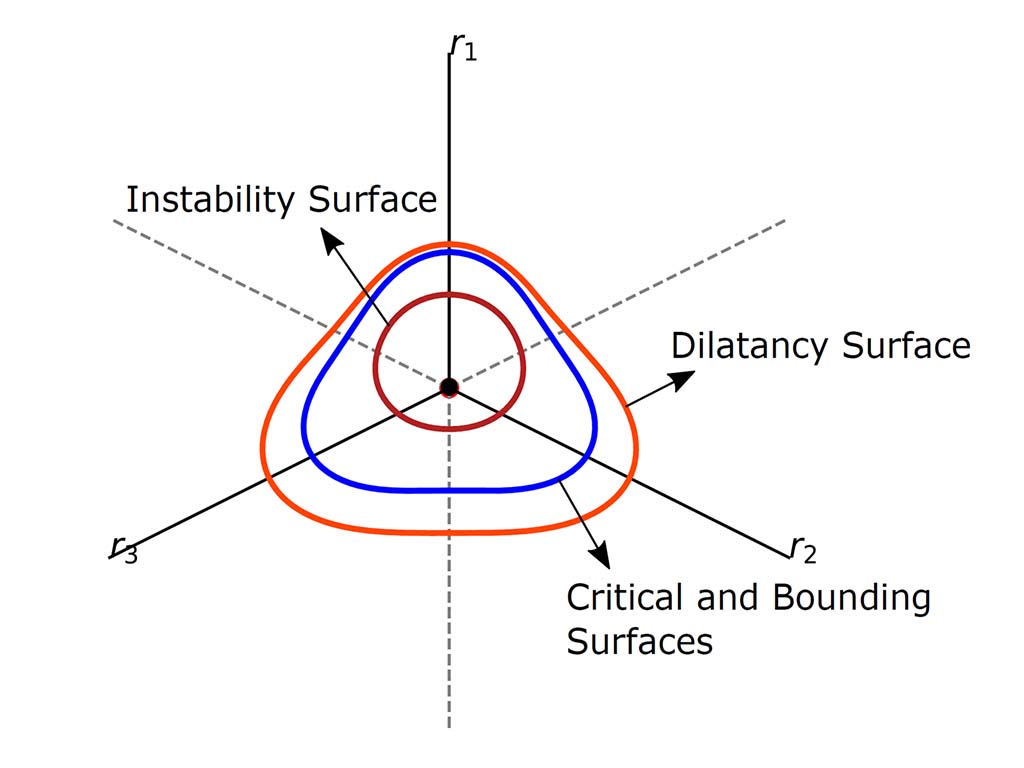



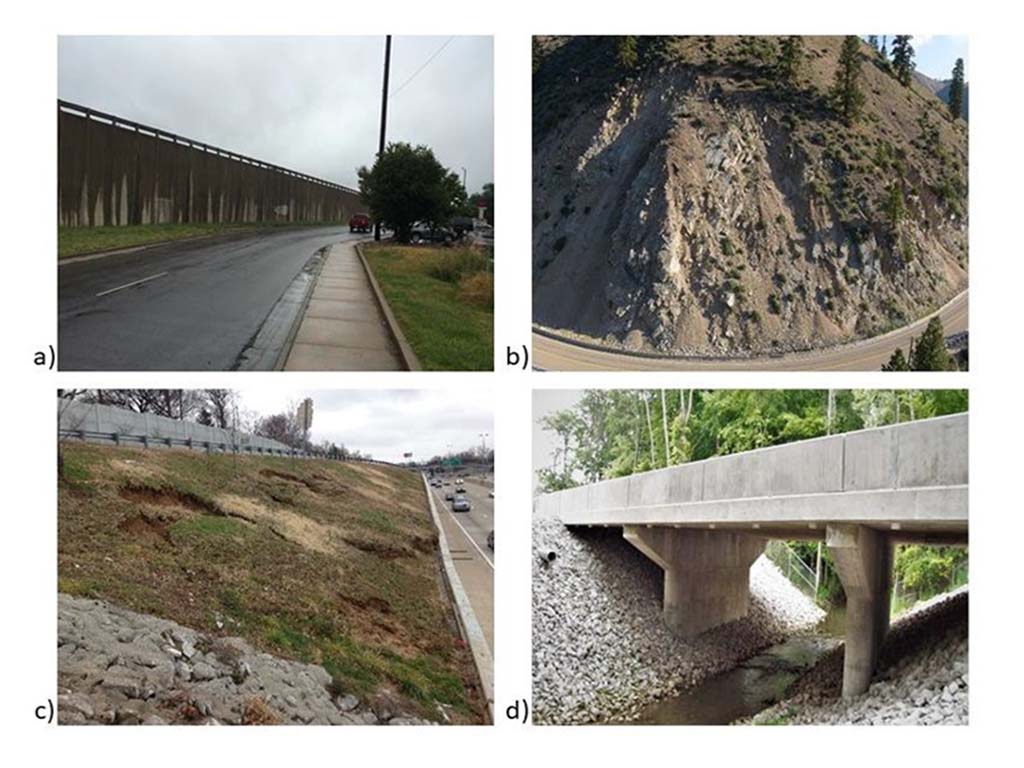
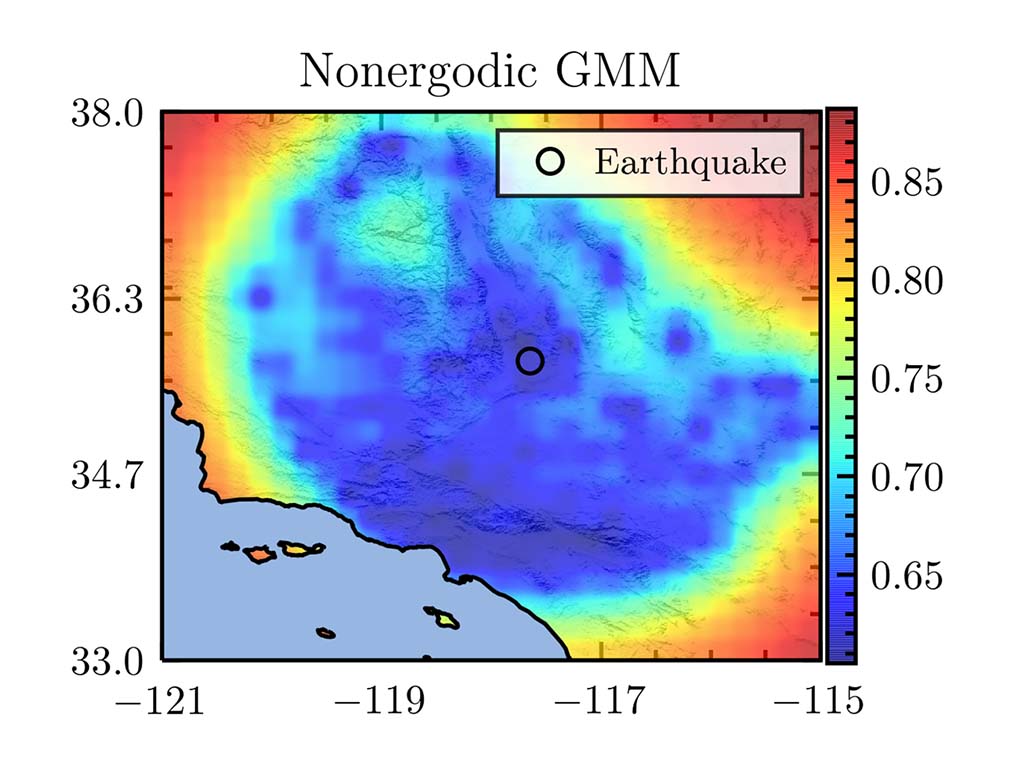

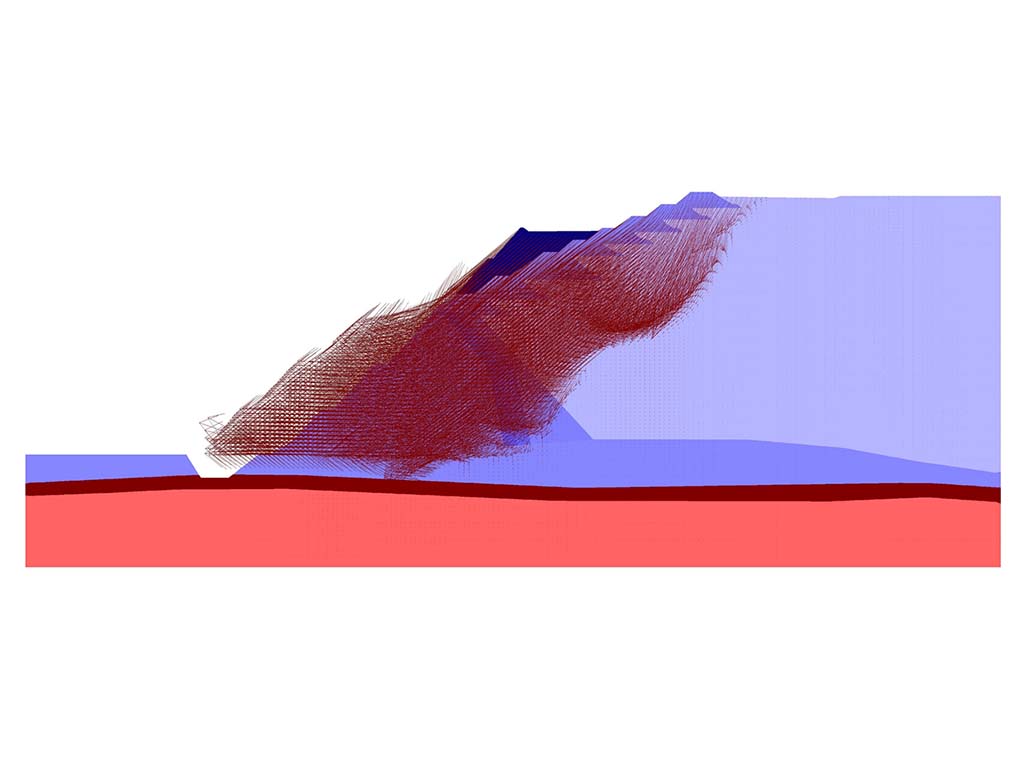
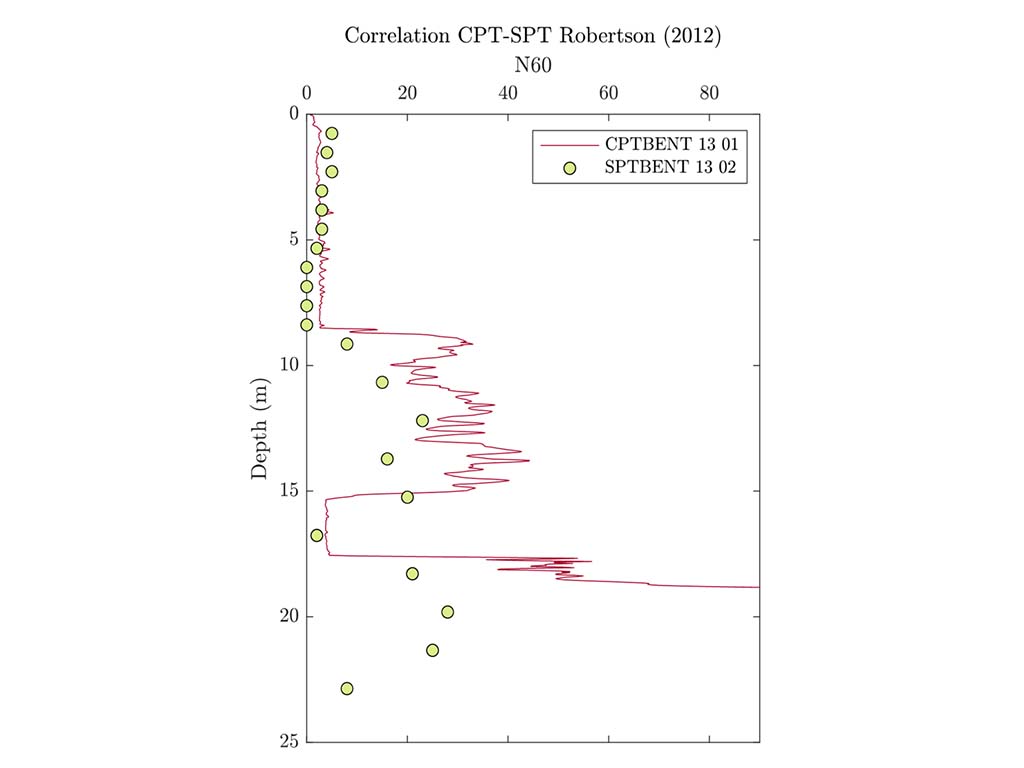
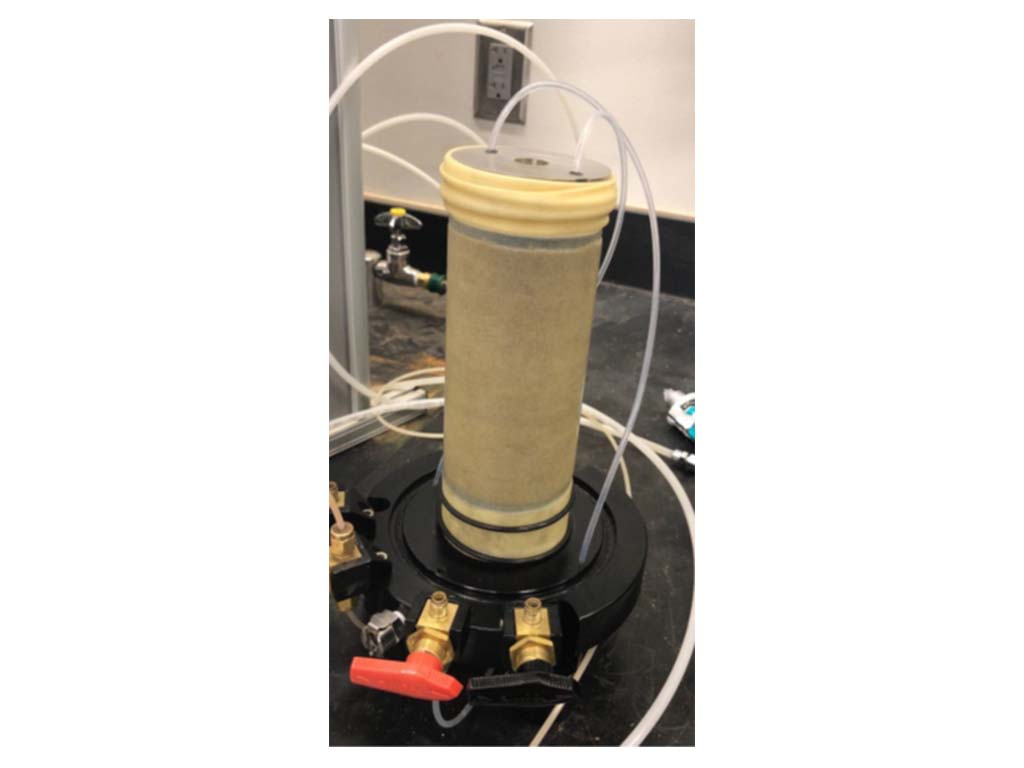
Our research group combines performance-based engineering, reliability, and machine learning tools with advanced numerical simulations, and novel experimental procedures to advance the fundamental understanding of the interactions between geo-hazards and geotechnical systems under extreme loading events and climate change stressors. We collaborate with multi-institutional research efforts such as LEAP (Liquefaction Experiment and Analysis Projects), where universities around the globe participate. We also collaborate with the U.S. non-ergodic seismic hazard group that seeks to advance the state of the art in seismic hazard assessment, and the Pacific Earthquake Engineering Research (PEER) Center to establish new ground motion models in subduction zones under the NGA-Sub project. Our research group also collaborates with the TAILENG research center, which was formed at Georgia Tech with partners at UC Berkeley, Univ. Illinois Urbana Champaign, and Colorado State Univ.). The center works on improving the sustainability of geotechnical infrastructure in the mining and power industries, and it is chaired by Dr. Jorge Macedo, the PI of our research group. More information about the Tailing center is available here.
During the last decade, there have been catastrophic failures of geotechnical systems (e.g., mine tailings and coal ash deposits) around the globe involving mine tailings and intermediate materials. Examples of these failures are the 2014 Mount Polley disaster in Canada and the 2019 Brumadinho failure in Brazil. Such failures of tailings storage facilities (TSFs) have caused unprecedented devastating consequences for the environment and infrastructure damage, as well as hundreds of human lives lost. In the U.S., the 2008 Kingston fossil plant failure (an environmental disaster with associated losses in the order of $1,200M) that occurred in Tennessee is a prime example of the tremendous impacts that a TSF failure can cause on the environment and infrastructure in the U.S. Our group is addressing the issues related to the mechanical response of mine tailings and intermediate materials (e.g., static and cyclic liquefaction) considering different levels (i.e. micro, meso, and macro) as well as laboratory and field scales. We perform our activities through the TAILENG center (here), and our research products aim to improve the sustainability of geotechnical infrastructure in the mining and power industries.

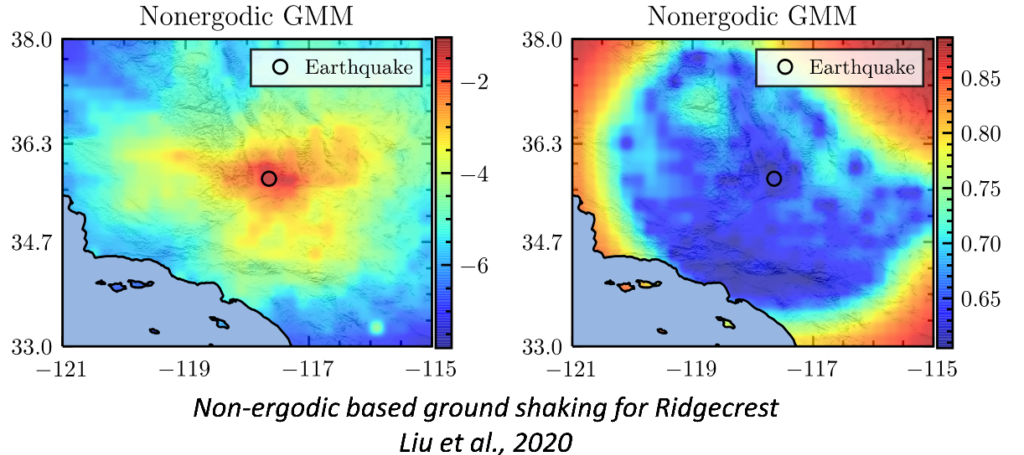
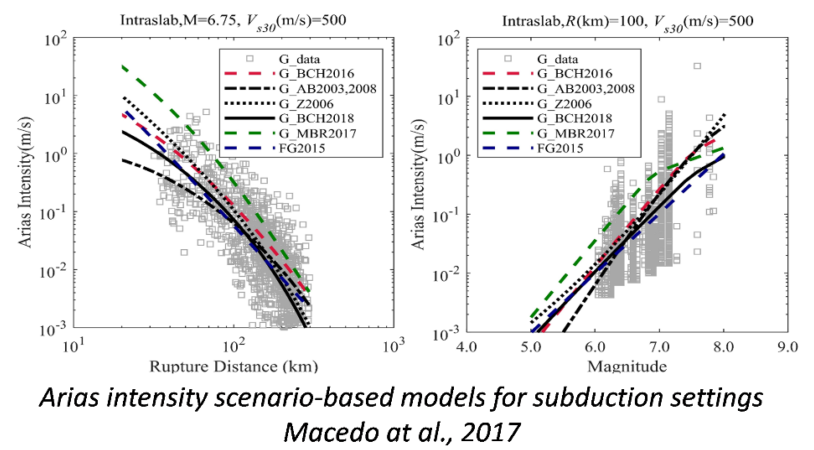
The estimation of the seismic demand is a key input to improve the resilience of infrastructure systems (dams, tunnels, lifelines, bridges, buildings, etc.) against earthquakes. In addition, it is essential for mitigation plans and ultimately to improve the sustainability of urban centers that are affected by earthquakes or multi-hazards coupled with earthquakes (e.g., liquefaction, landslides, sea-level rise, etc.). In our research group, we have developed new ground motion models for subduction zones in collaboration with the NGASub project, and we are also developing implementations for non-ergodic based seismic hazard assessments in collaboration with the U.S. Non-ergodic research group.
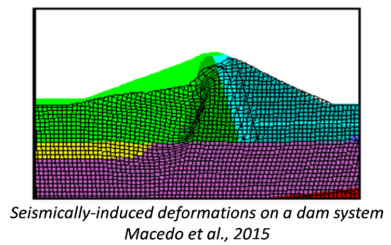
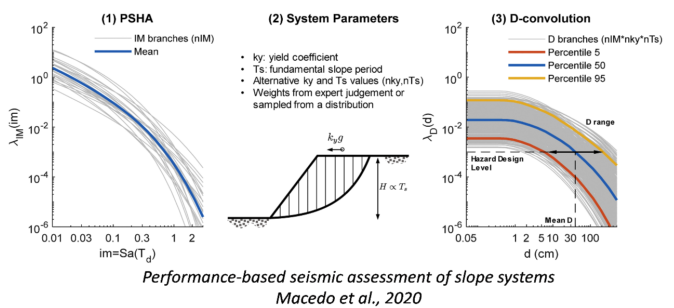
Earthquake-induced failure of slope systems such as natural slopes, earth systems (e.g., water dams), and waste storage systems (e.g., tailings dams) have caused severe damage to our infrastructure as well as the loss of numerous lives after recent earthquakes. For example, seismically-induced landslides triggered during the 2008 Wenchuan and the 2015 Gorkha earthquakes caused an estimated 20,120 fatalities, the failure of the Las Palmas tailings dam in Chile during the 2011 Maule earthquake caused fatalities and environmental degradation of the surrounding areas. Thus, improving the resilience of slope systems against earthquake loadings is of primary importance to mitigate earthquake-induced damage. Our group contributes to this goal by developing novel performance-based engineering procedures using machine learning, numerical modeling and back analysis of case histories.
Liquefaction-induced damage has caused severe destruction to infrastructure during major earthquakes, specifically having induced settlements, tilting, or even collapse of previously-stable buildings. In addition, it has torn buried pipelines apart, initiating fires, and caused lateral spreading that induced undesired movements of structures, e.g., bridges, roads, and retaining walls. In our research group we focus on improving the fundamental understanding of liquefaction considering micro, macro, and meso scales, and how this understanding translates in the evaluation of liquefaction-induced damage of civil infrastructure through the formulation of performance-based procedures. We collaborate actively with researches across the globe. For example, as part of our recent efforts we have collaborated with the Liquefaction Experiment and Analysis Projects (LEAP) in the numerical modeling of centrifuge tests performed at different universities in the globe.
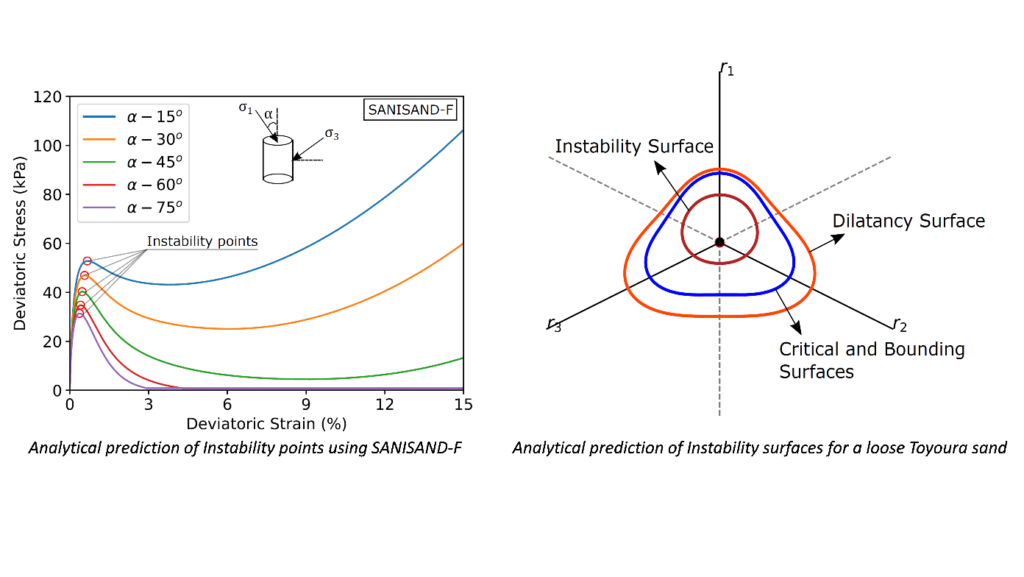

We use advanced numerical modeling (e.g., finite elements, finite differences, material point, and the discrete element method) to provide insights into the response of geotechnical systems to a variety of solicitations (static and cyclic), which are vital for the development of performance-based and reliability-based procedures. In our work, we consider deterministic-based modeling (e.g. traditional finite elements) as well as stochastic-based assessments (e.g. using polynomial chaos theory with stochastic finite elements).

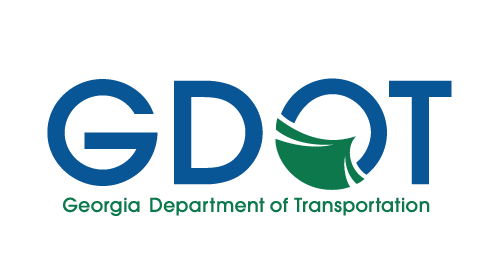

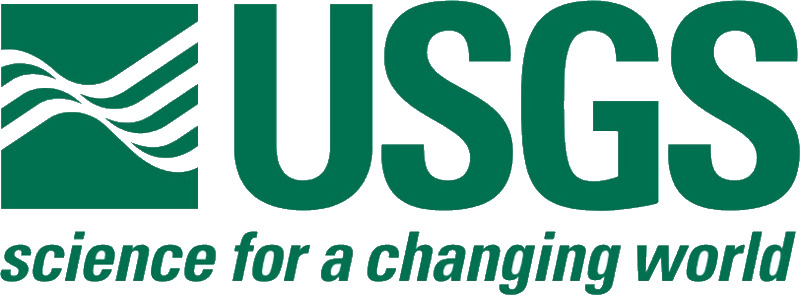
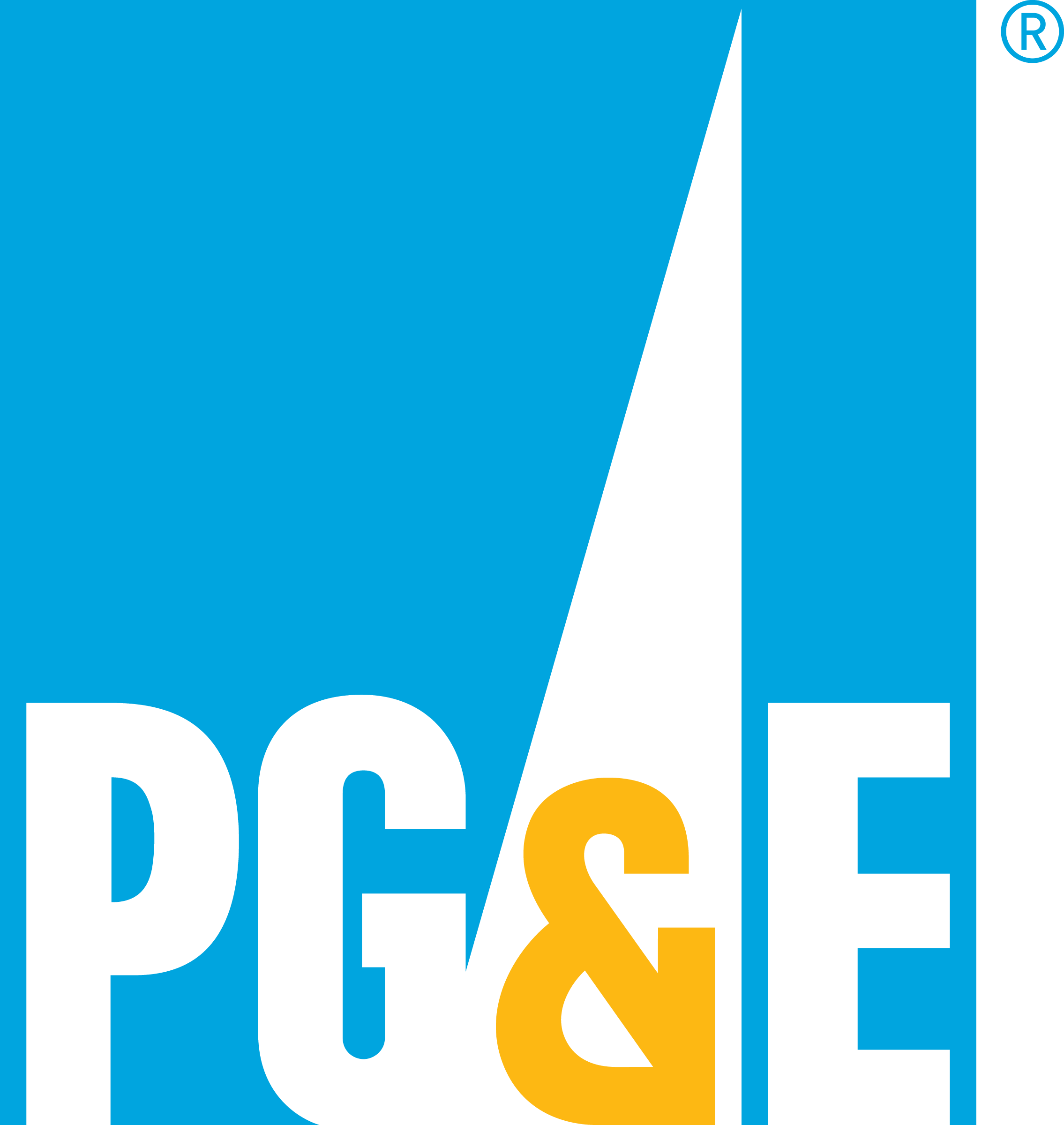
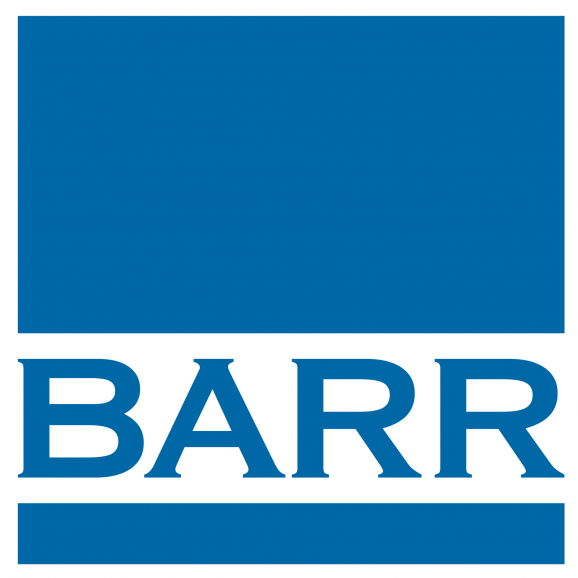
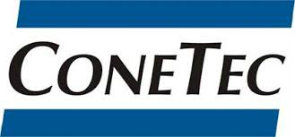








Copyright © Macedo’s Laboratory, Georgia Institute of Technology . All rights reserved.